13 Ways of Looking: Lan Samantha Chang
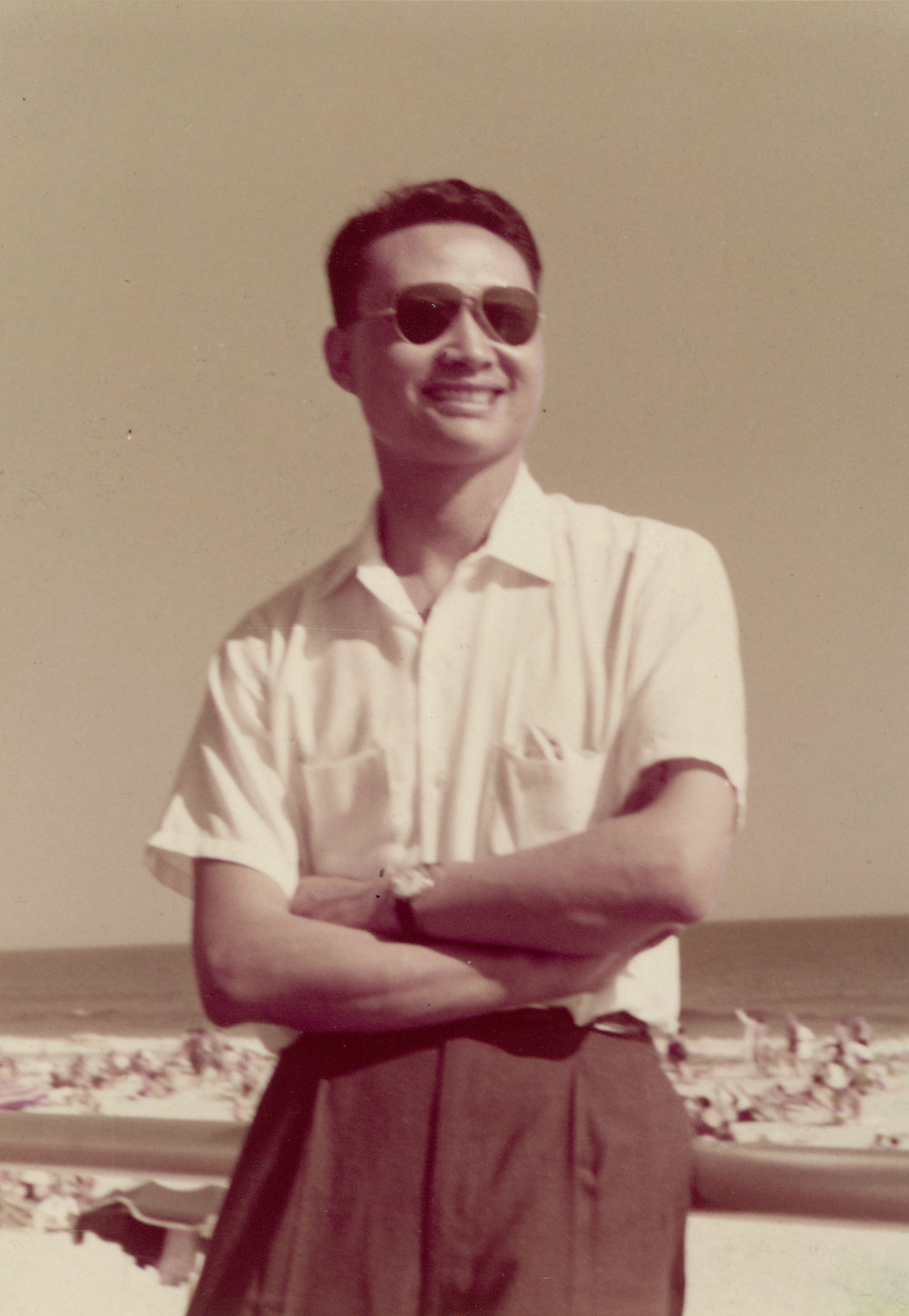
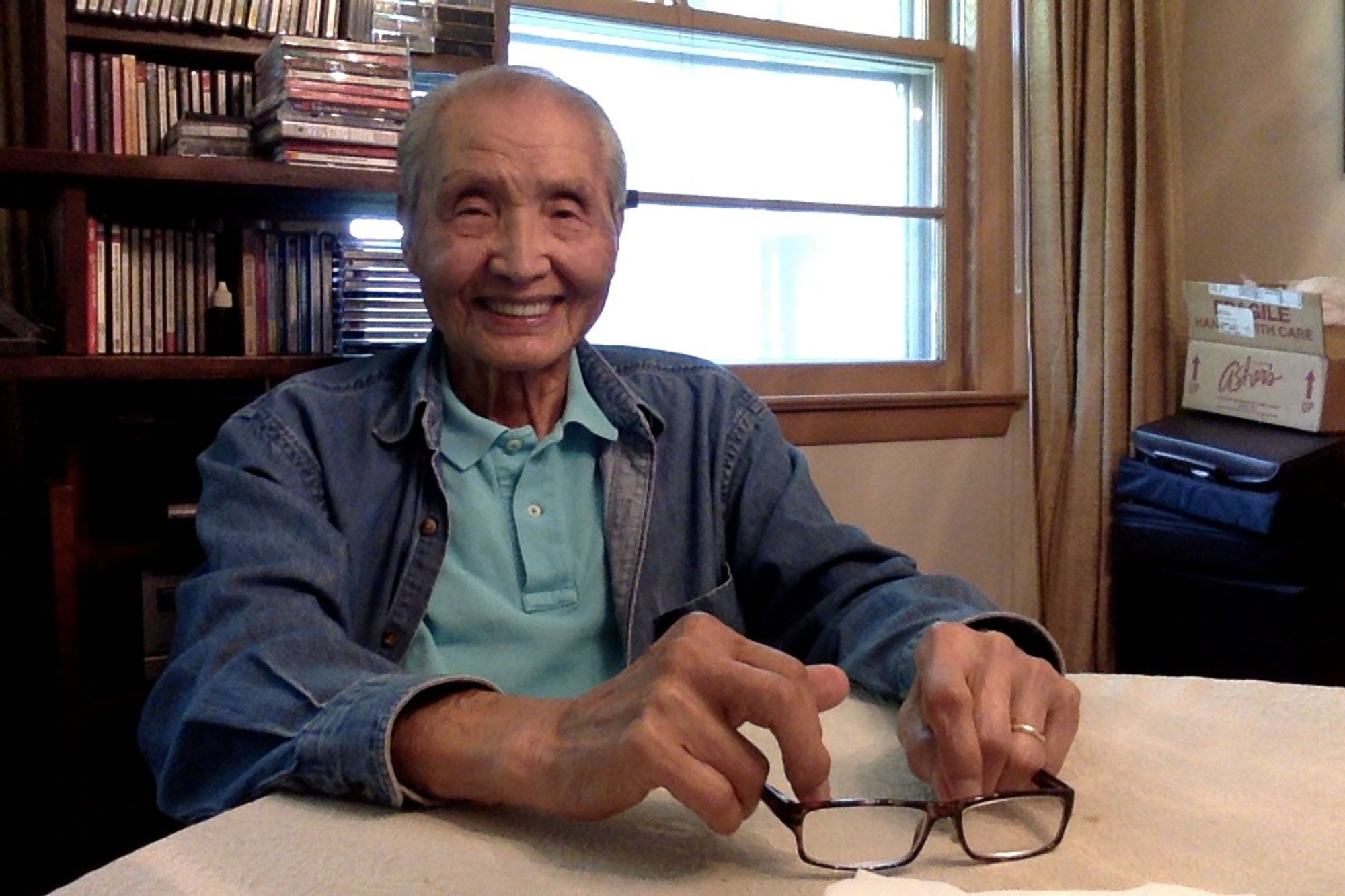
At the center of The Family Chao breathes the charismatic Leo Chao, tyrannical father of three American-born sons. Leo is not my father. He’s several shades more malevolent than my father, and he’s also better with money. But I couldn’t have written this book if I hadn’t grown up with my dad. Like Leo, he was a survivor; and, like Leo, he was larger-than-life: a vibrant, strong-willed man with a habit of making blunt remarks. The first of these two photos was taken on Coney Island in the late 1950s, only a few years after his arrival in the U.S. The second was taken in Wisconsin in 2018, when he was ninety-five years old. My father, Nai Lin Chang, was born in Beijing (then Peking) in 1922, eleven years after the overthrow of the Qing Dynasty. He received a classical Chinese education and he lived through the first Nationalist Government of the Republic of China, the Japanese Occupation, the Chinese Civil War, and the Communist Revolution. He came to America in 1955, where he married my mother, Helen Chung-Hung Hsiang. Like Leo Chao, my dad had multiple children of the same sex (four daughters). Like Leo, his life ended during the writing of this book. He lived to be ninety-seven and a half; to the end, he was such a force that I sometimes believed that he would never die.
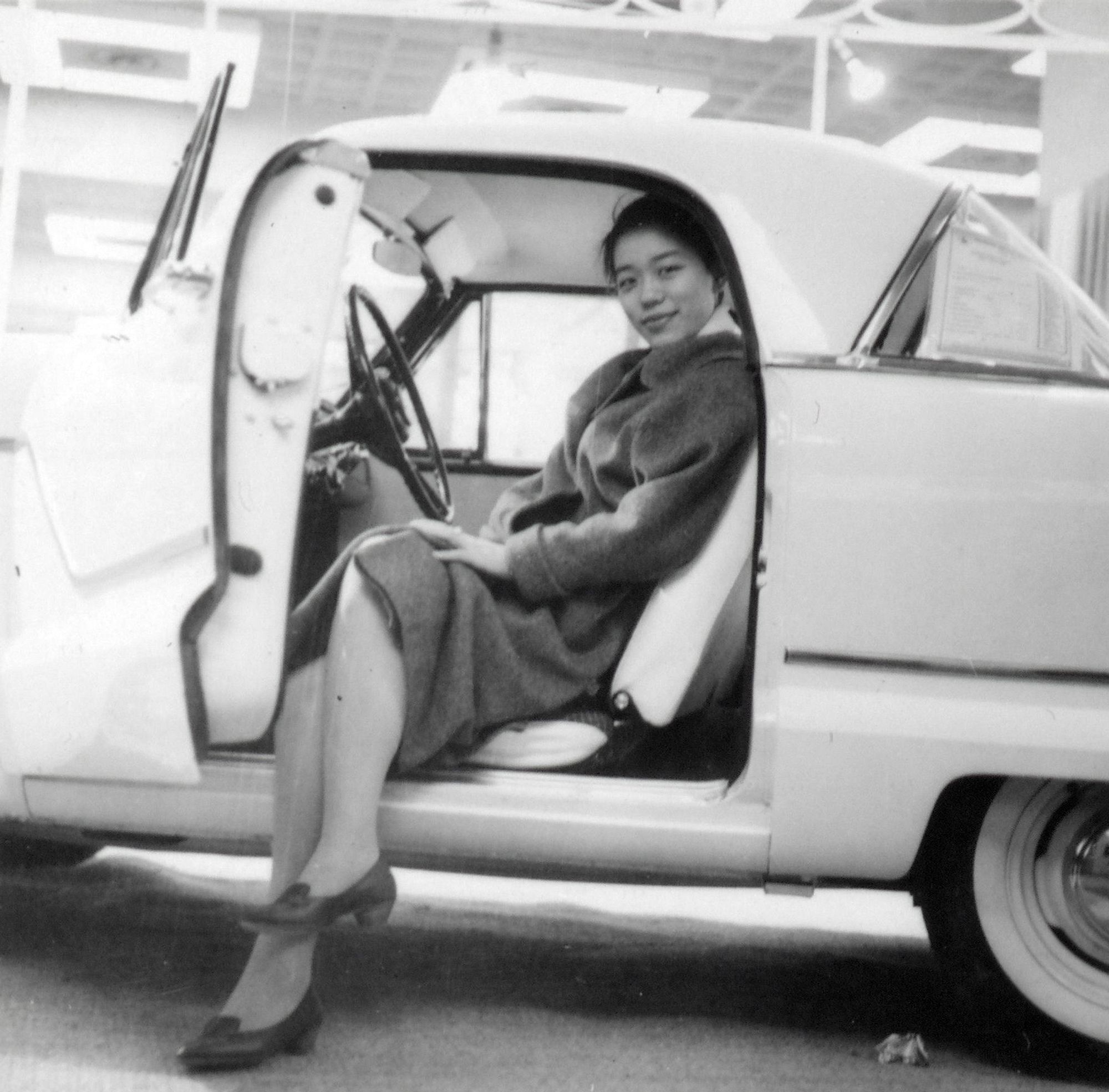
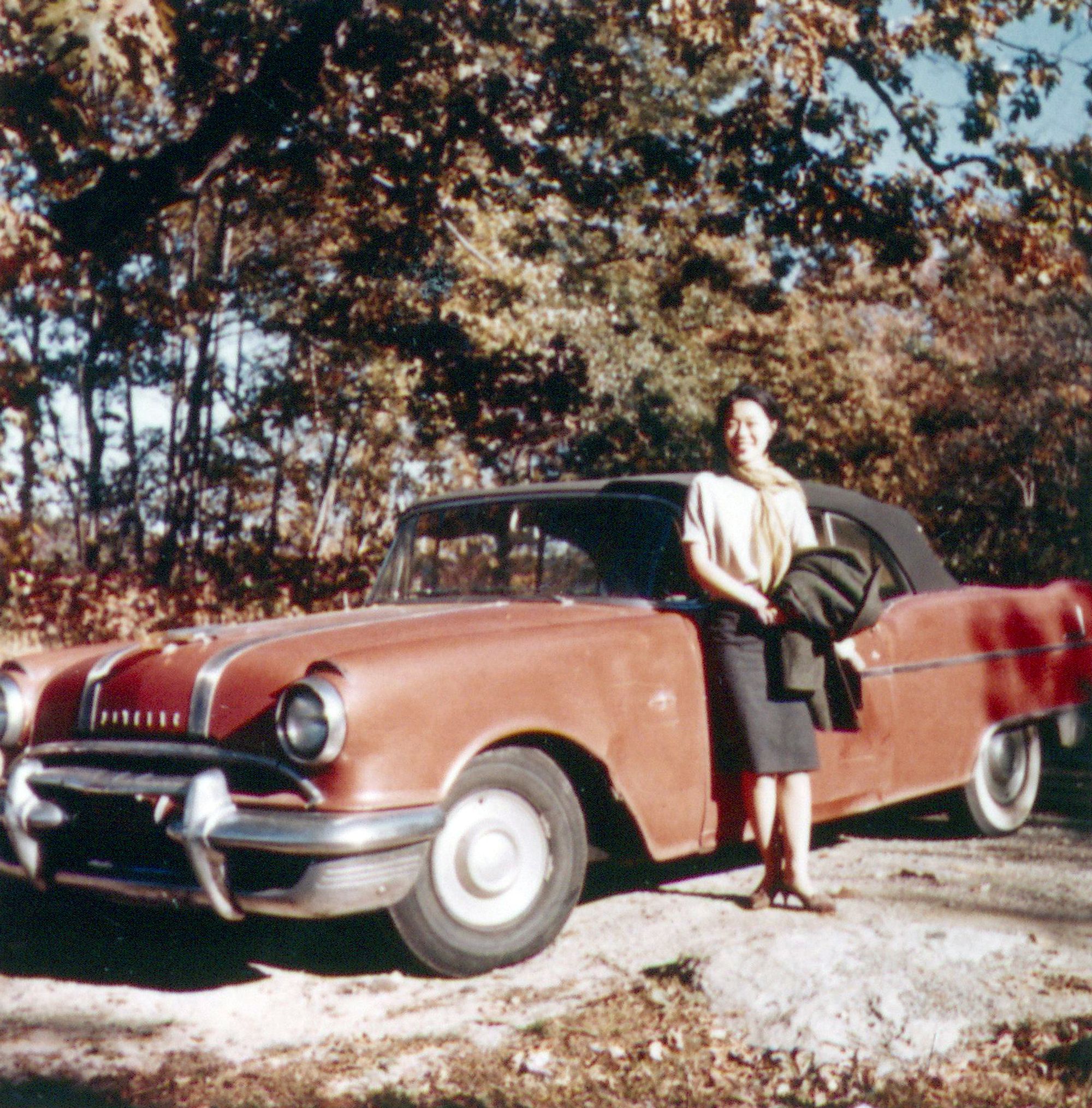
My parents met in New York, in the late 1950s. I’m moved by their photos from those years. My young father and mother appear so glamorous, vibing James Dean and Natalie Wood; and yet, they also look touchingly young and hopeful to me now. These photos of my mother reveal their interest in cars. In the first photo, my mother poses in a brand-new, showroom car. In the second photo, my mother poses with their first purchase: a previously owned red convertible. They were very fond of that convertible. My mother once described it to me as the impractical car of their first American dreams.

My mother’s mother gave me this figurine of the Guan Yin when I was a teenager in Wisconsin. She died when I was in college. A devout Buddhist in her later years, she told me when I was eight to practice Buddhism, possibly because of my strong desires and ungovernable emotions—especially (I think) because of my impatience. My family sometimes visited her temple in New York City, where my sister Tina and I once had our fortunes told by the abbot. Her vegetarian meals inspired the meatless feast at the Spiritual House in The Family Chao.
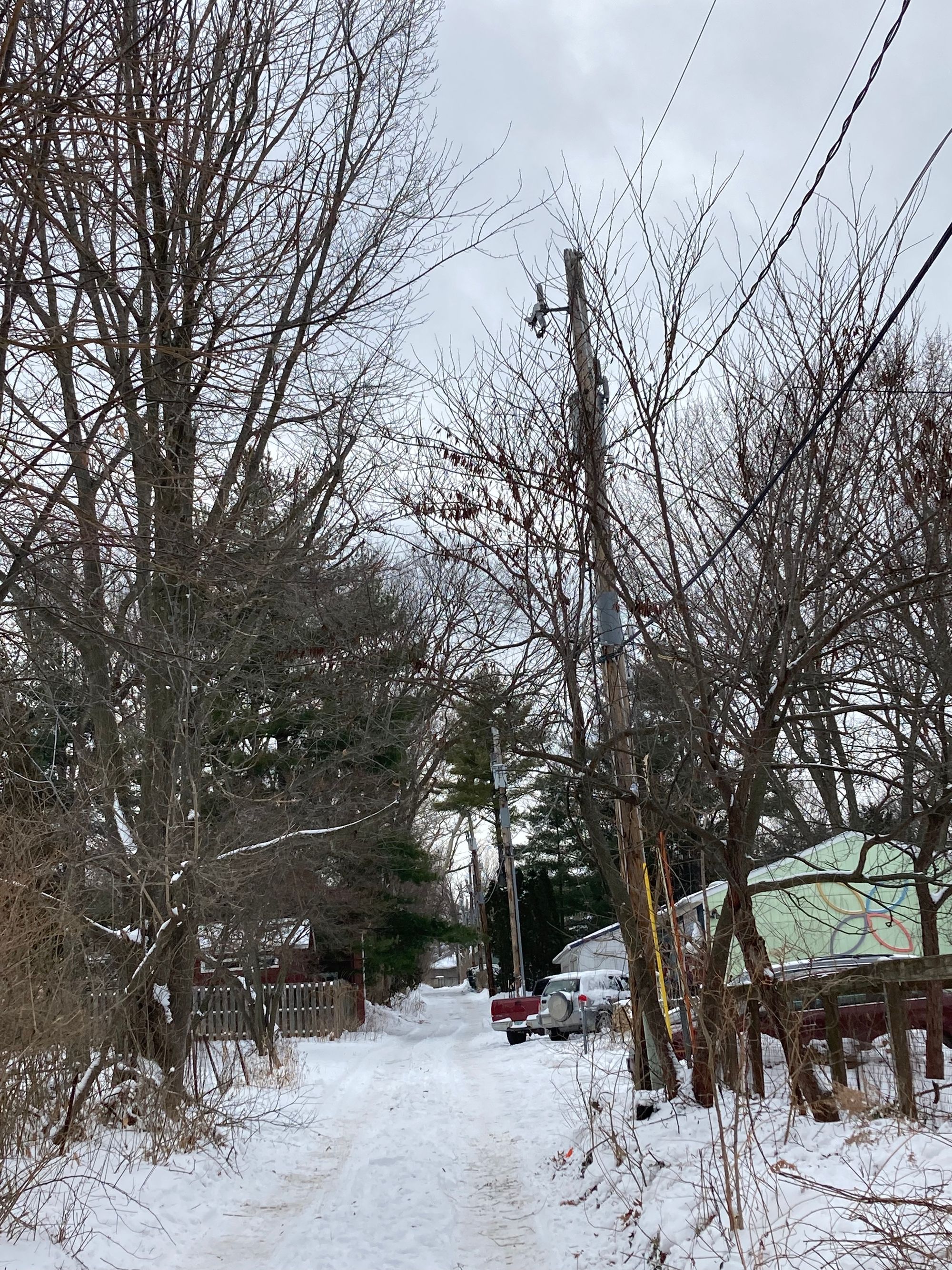
The earliest lines that appear in The Family Chao were written in 2005. Soon afterward, I moved to Iowa City, took up a challenging day job, became a parent, and stopped working on the project. I didn’t re-envision the novel until 2013-14. During the years when the book lay dormant, I grew fascinated by the residential alleyways in Iowa City. This photo is of one block in a maze of alleys running through pre-war neighborhoods, providing back access and concealing the less decorous activities of daily life: trash pickup, ice delivery, and telephone equipment. In The Family Chao, the alleys represent these concealed, private-facing sides. Several important parts of The Family Chao take place in the alleyways of Haven, the fictional Wisconsin town where the novel is set.
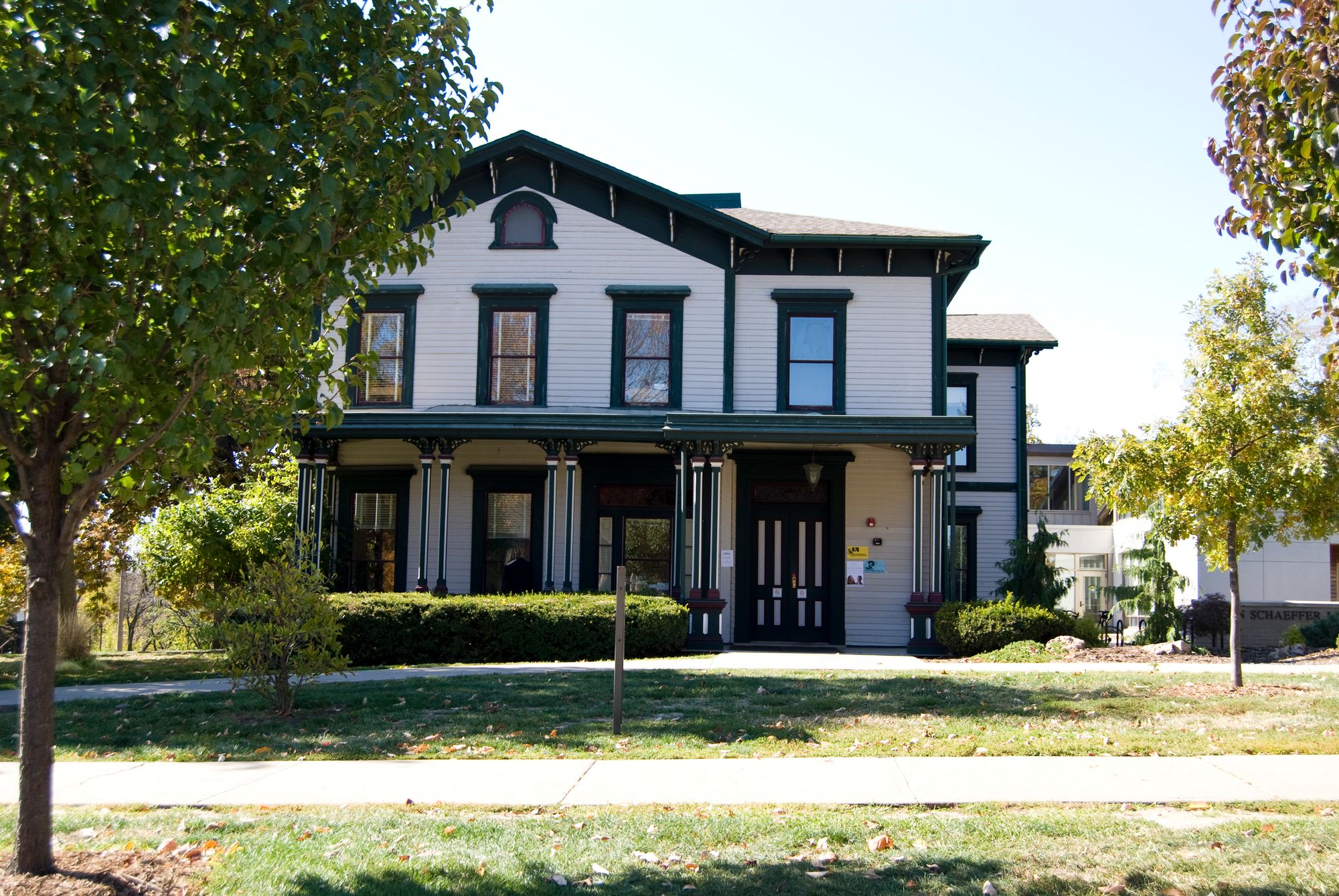
Here is the Dey House, home to the Iowa Writers’ Workshop, where I’ve directed and taught for the last 16 years. My time-consuming job has been both an inspiration and an obstacle for my writing. On the good side, being surrounded by new writers has been a great pleasure, and it has sent my work off in a direction I would not have imagined it would go. The continual activity and distraction also made it essential for me to write a plotted book. Sticking to a strong narrative line helped me to focus.
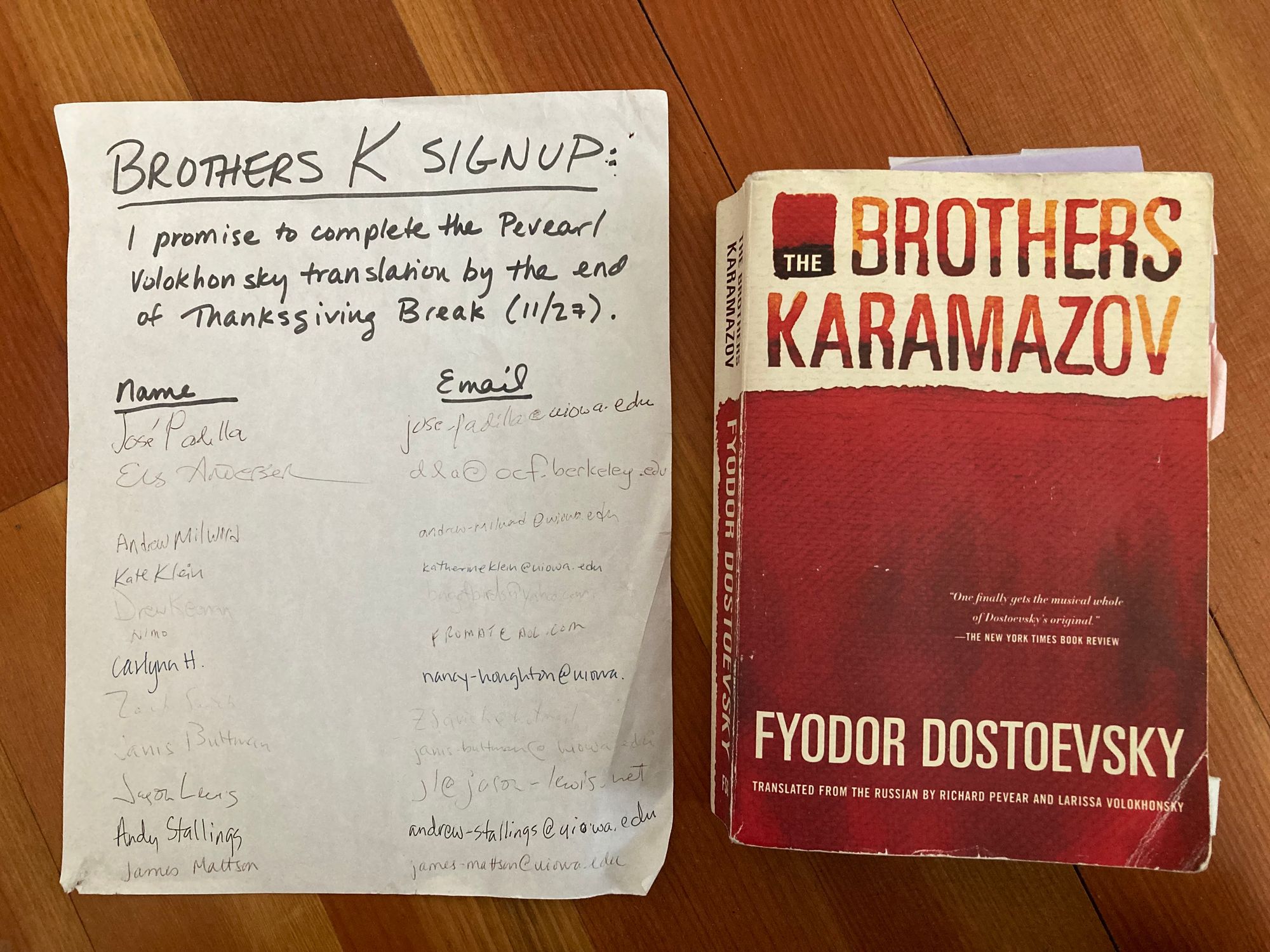
My fascination with Fyodor Dostoevsky’s The Brothers Karamazov, which I didn’t read until I was forty years old, led to a feverish desire to talk about the book with like-minded readers. This led to non-credit “bookshop” classes at the Workshop, where students promised to finish the 750-page novel and meet in a discussion group. The Family Chao, an homage to Dostoevsky’s novel, rose in part from these discussions.
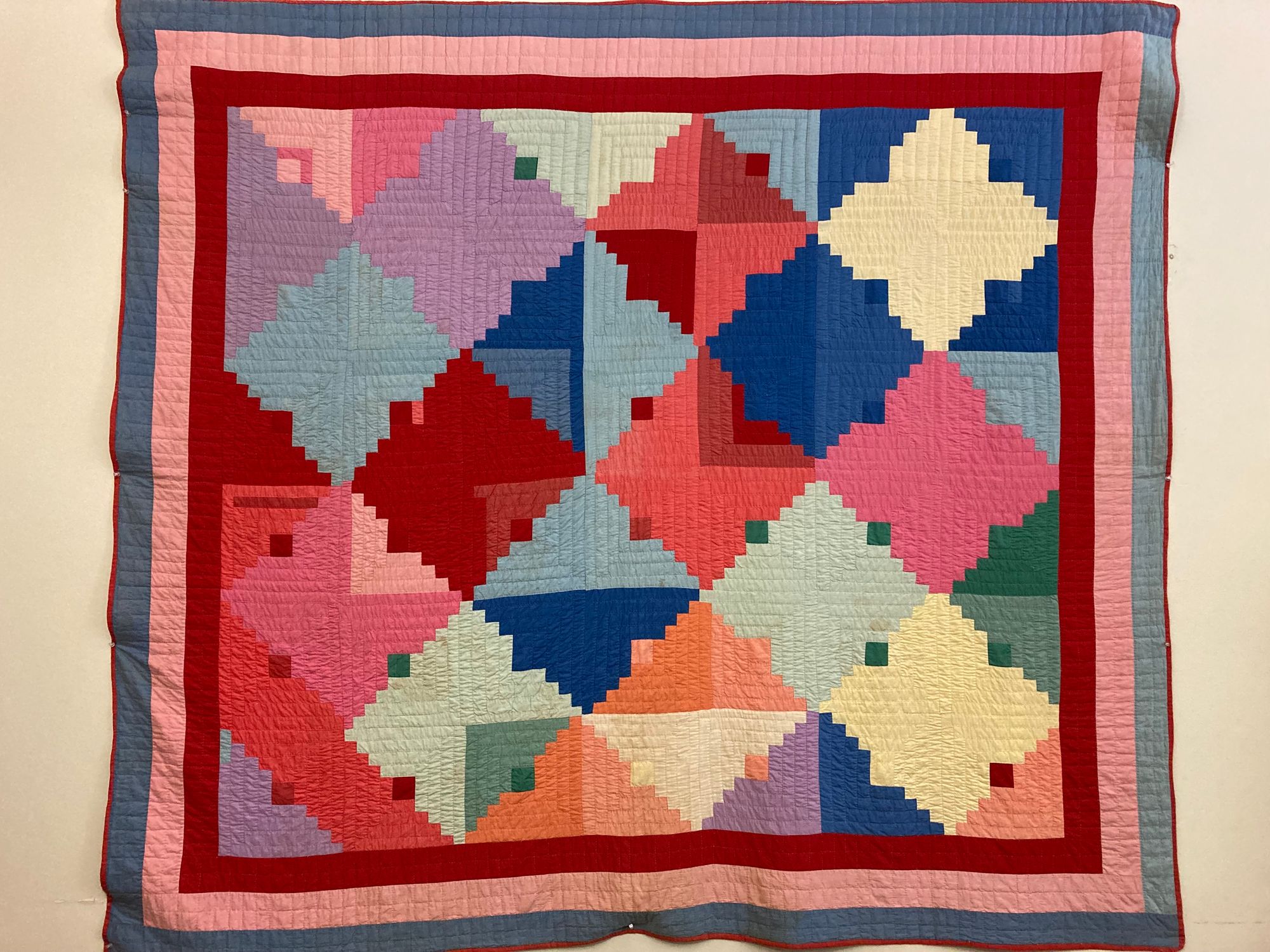
Marilynne Robinson gave the Workshop this quilt, which hangs in my office (formerly her office) at the Dey House. This is a Mennonite holiday quilt, patched from holiday dresses, which are plain, but colorful. There are a couple of irregularities in the pattern. These bring to mind the story I was once told that Amish and Mennonite quiltmakers include deliberate errors in their work because there is nothing perfect under the eyes of God. I’ve since heard this is a myth, but it is a very important idea to keep in mind as a writer and a teacher: that nothing in this world is perfect.
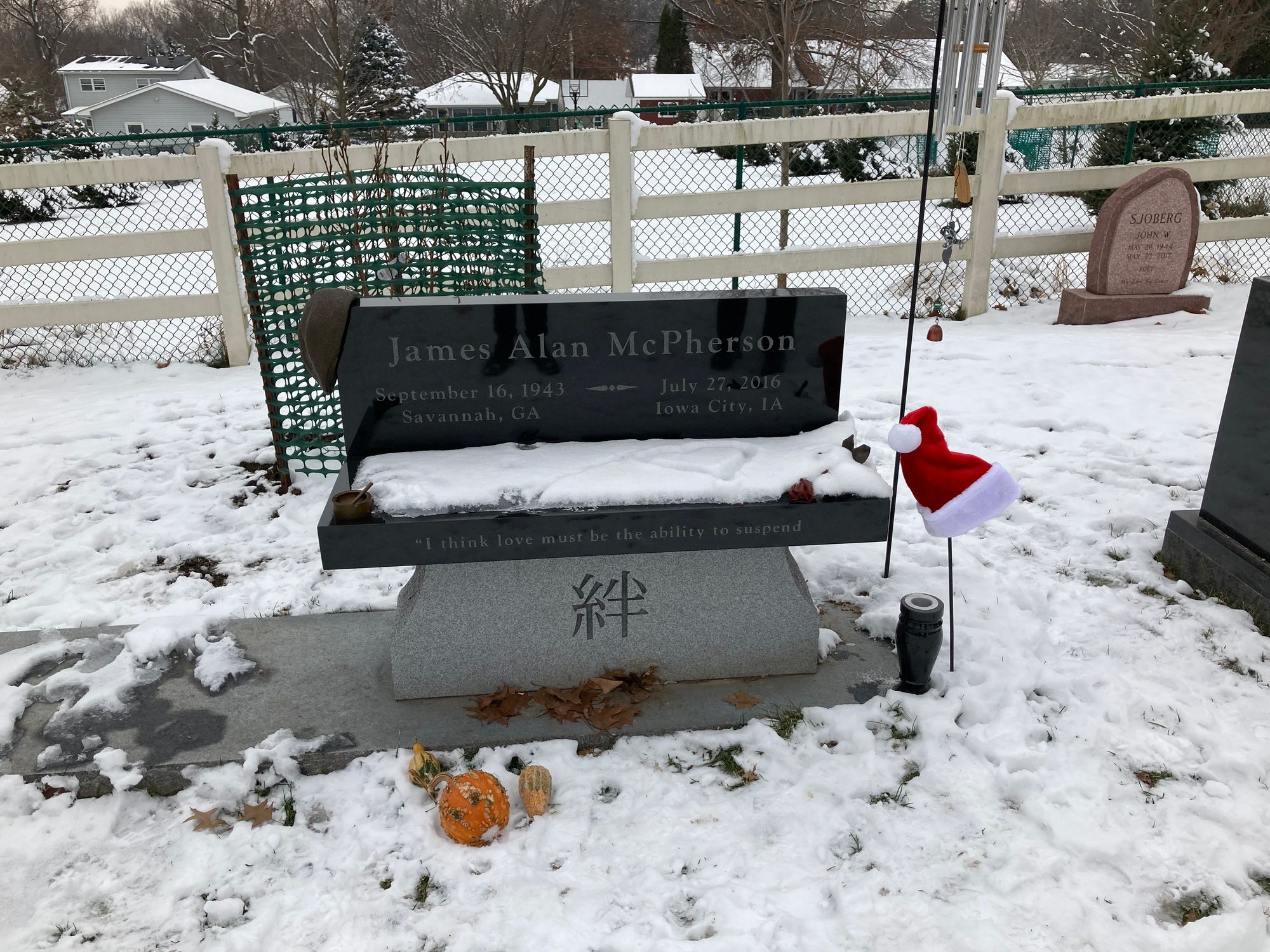
James Alan McPherson (1943-2016) was my teacher at Iowa and the Pulitzer Prize-winning author of two brilliant collections of short stories. He was interested in all kinds of writing; he encouraged me in the direction of the ghost stories that informed my first collection, Hunger. Jim was the funniest teacher I ever had. He poked fun at himself, and the racist Jim Crow culture in which he had been born, and the politically correct University community in which he found himself living and working. He was exceptionally kind to me. I thought about him a lot as I was drafting The Family Chao. I like to think he would have enjoyed Leo Chao’s dirty jokes. This photograph is a bit messy. Jim’s gravestone in Iowa City’s Oakland Cemetery is a popular destination for Iowa Citians and former students. The shrub behind it is fenced off against rampaging deer, and the snow is trampled with visitors’ footsteps. There is a Santa Claus hat and a few leftover squashes from Halloween. At the base of the headstone, Jim’s quote reads, “I think that love must be the ability to suspend one’s intelligence for the sake of something. At the basis of love therefore must live imagination.”
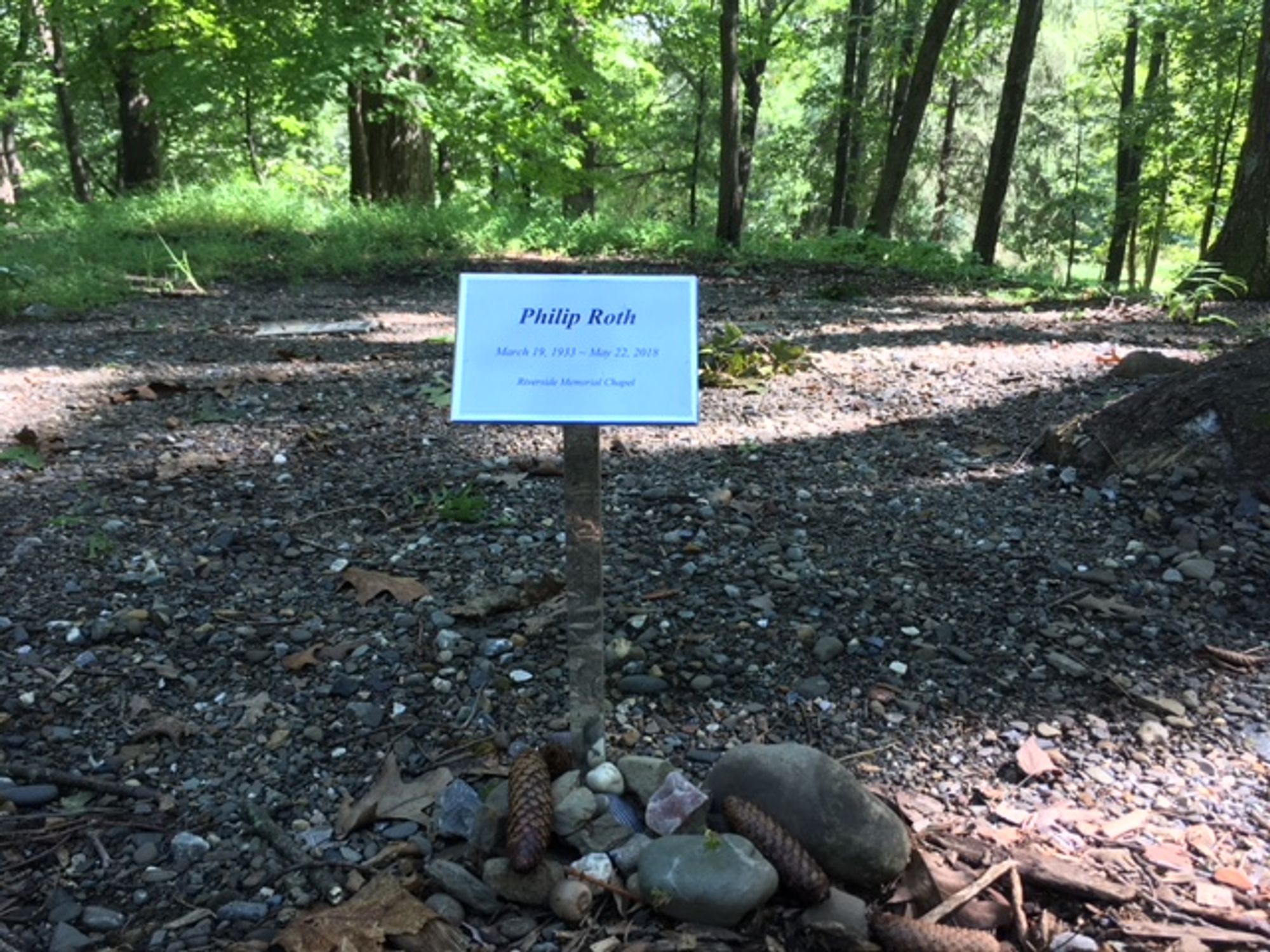
In 2018, shortly after Philip Roth’s burial at Bard College, a former student sent me this photograph of his gravesite. To me, the literary influence of Philip Roth is a bit like the personal influence of my father: Roth is a larger-than-life, very complicated male predecessor. His strength is unarguable. His work about his second-generation Jewish immigrant background inspired my earliest stories, and his more Dionysian strains continue to fascinate me, particularly the voice-driven passages with their monologues, escalations, and rants.
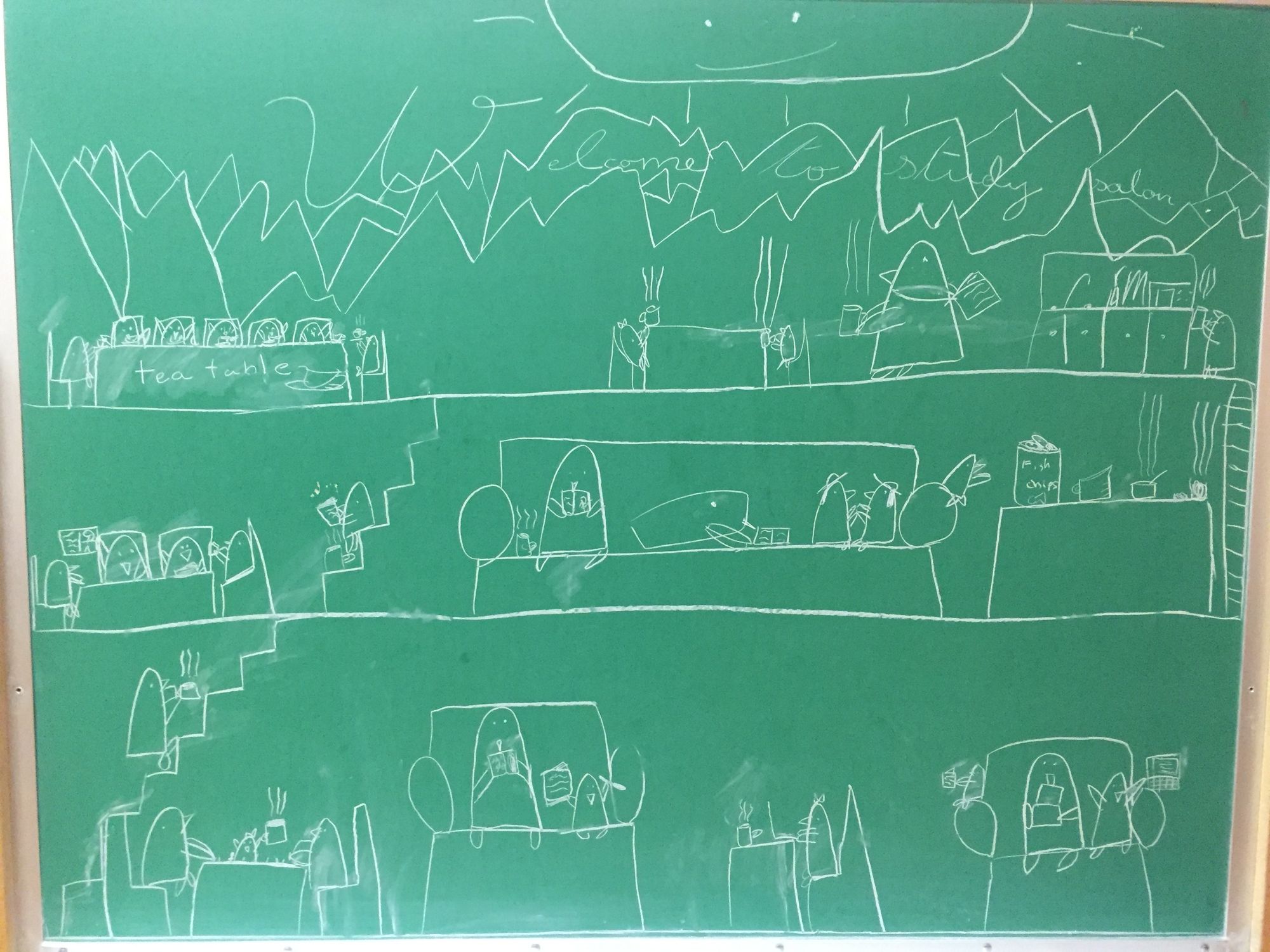
Alice Wa, James Chao’s first love, is an artist. When James gets a peek at her sketchbook, he’s surprised to find an intricate drawing of a world underground. Alice’s secret world was inspired by my daughter Tai’s fascination with myrmecology, the study of ants. Most of her childhood drawings depicted imaginary underground goings-on. In this chalkboard drawing, done in the library at the Dey House, Tai depicted a community of penguins (representing Workshop students) reading and writing during a Sunday Study Salon. Over the penguins, you can see the mountain range and sun representing the above-ground world.
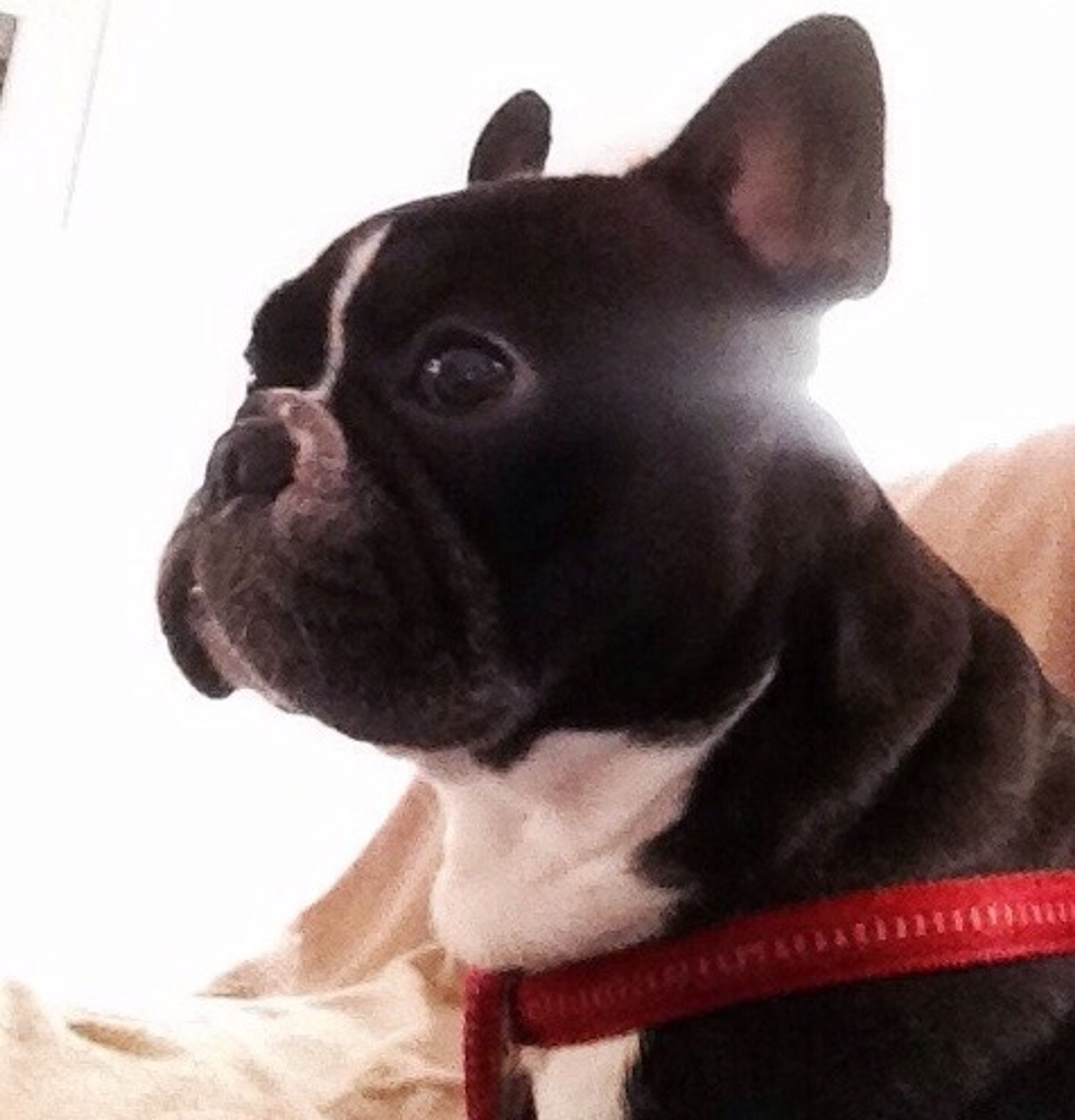
Alf is a real dog. He’s a French bulldog who lives in Paris with his owner, Carolyn Kalhorn, a violinist in the Paris Opera. My family met Alf in 2015 while my daughter was taking violin lessons at his house. Alf is a vibrant dog with a special, happy personality. It was easy to imagine him having adventures, carrying on his own secret life. Carolyn graciously allowed me to put Alf into my novel, where he was a very cheering presence during its drafting and revision. ♦
Subscribe to Broadcast